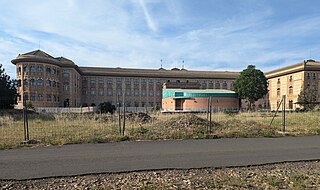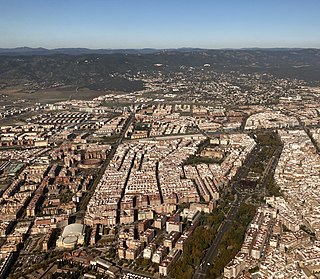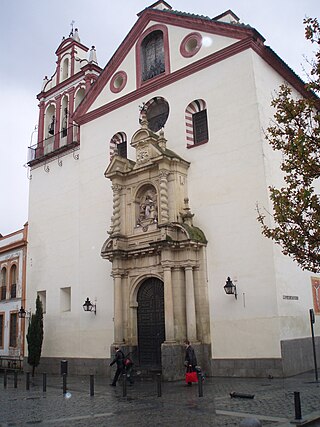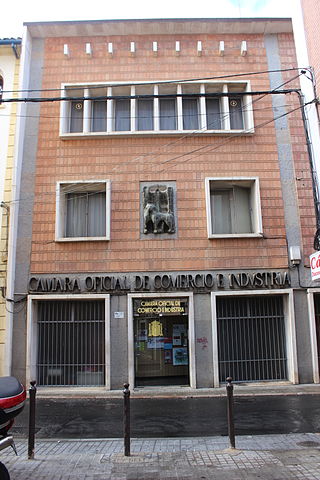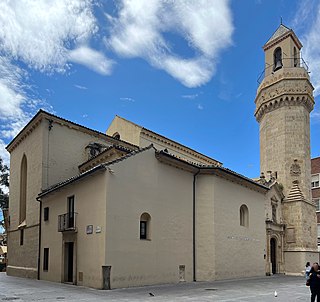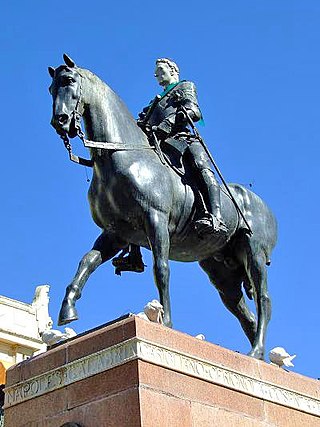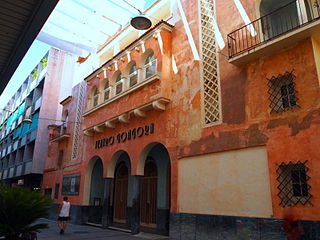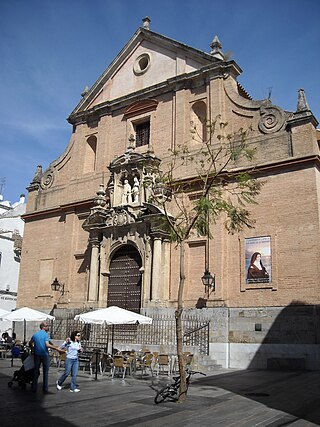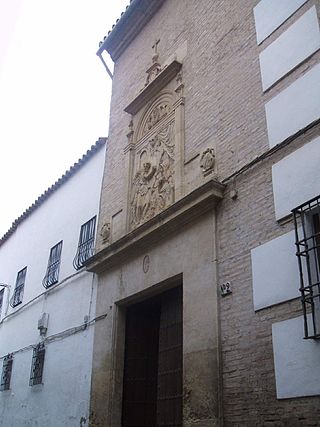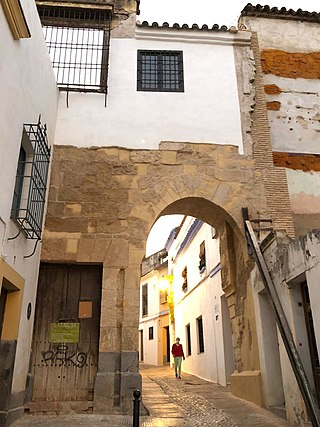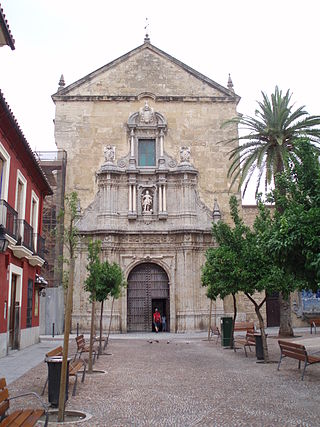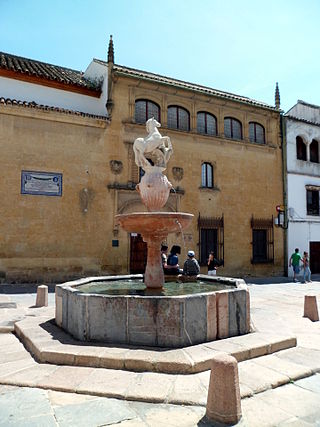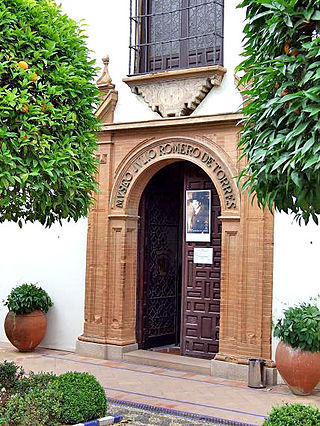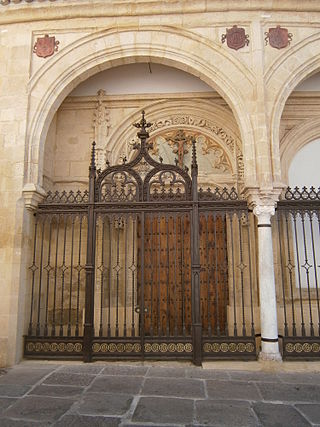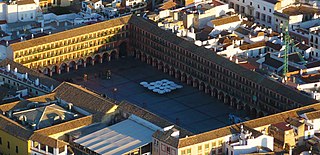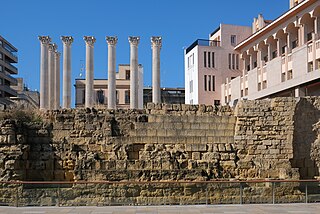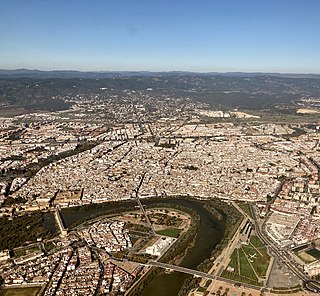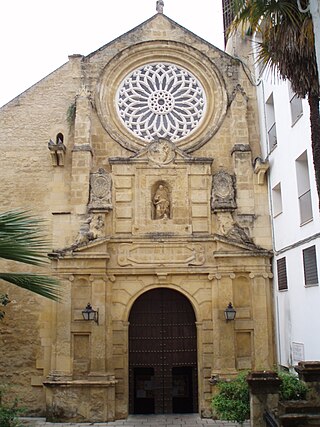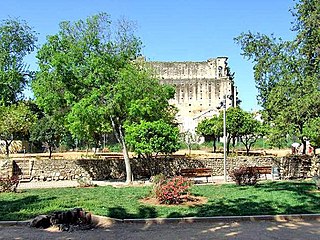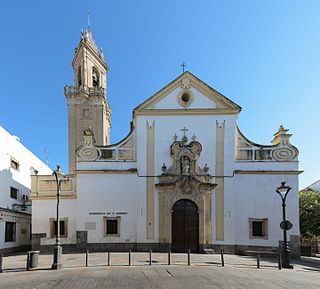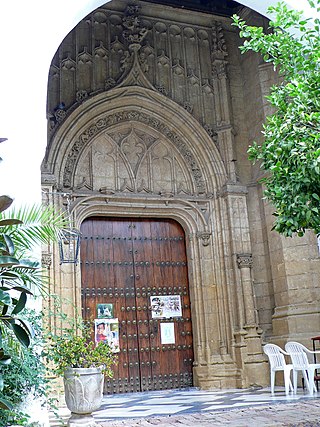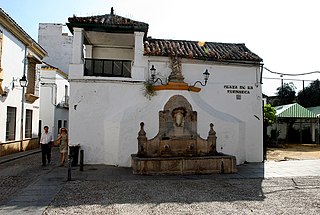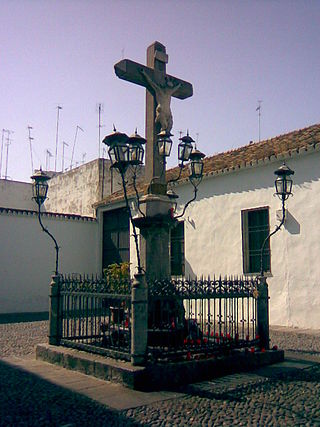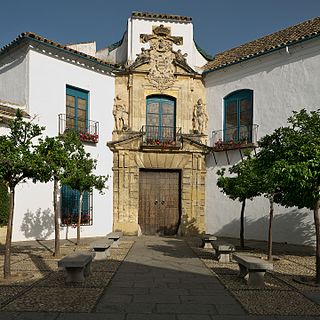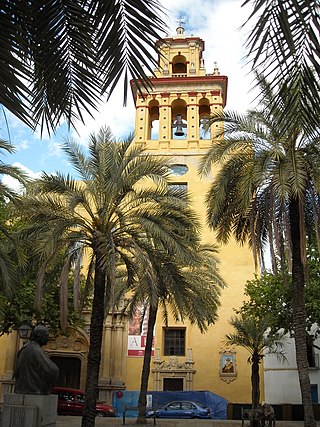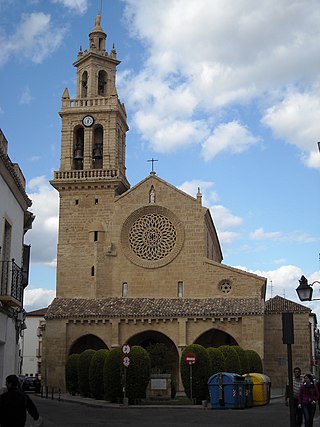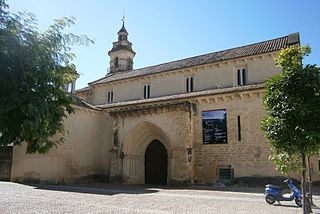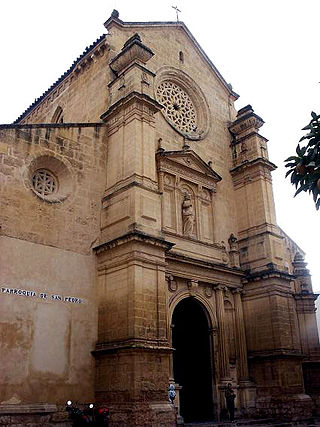Self-guided Sightseeing Tour #3 in Córdoba, Spain
Legend
Guided Free Walking Tours
Book free guided walking tours in Córdoba.
Guided Sightseeing Tours
Book guided sightseeing tours and activities in Córdoba.
Tour Facts
8.6 km
141 m
Experience Córdoba in Spain in a whole new way with our free self-guided sightseeing tour. This site not only offers you practical information and insider tips, but also a rich variety of activities and sights you shouldn't miss. Whether you love art and culture, want to explore historical sites or simply want to experience the vibrant atmosphere of a lively city - you'll find everything you need for your personal adventure here.
Activities in CórdobaIndividual Sights in CórdobaSight 1: Anfiteatro de Córdoba
The Amphitheatre of Cordoba is an ancient Roman amphitheatre located in the city of Cordoba, Spain. Built in the first century, it is the largest known amphitheatre in Hispania and the third largest in the entire empire after the Colosseum and the amphitheatre of Carthage, although at the time of its construction it was the largest ever built. The amphitheatre was active until the beginning of the fourth century.
Sight 2: Jardines de la Victoria
The Jardines de la Victoria are public gardens located in Cordoba, Spain. These gardens are located between two large avenues; the Paseo de la Victoria and República Argentina Avenue. It receives its name from the convent of Nuestra Señora de la Victoria, an old convent demolished in the nineteenth century.
Sight 3: Iglesia de San Juan y Todos los Santos
San Juan y Todos los Santos, also known as Iglesia de la Trinidad, is a Catholic church located on the Plaza de la Trinidad in Córdoba, Spain. It stands on the site of the former Convento de la Trinidad established shortly after Fernando III conquered the city in 1236. Built in the Baroque style, it forms part of the Historic centre of Córdoba, a UNESCO World Heritage site.
Sight 4: Casa del Indiano
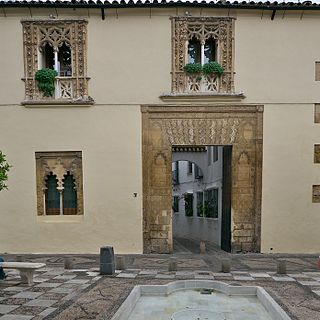
The Casa del Indiano, also known as Casa de los Ceas, was a house-palace located in the Plaza Ángel de Torres in Córdoba (Spain). Currently only the main façade of the building is preserved, the interior being occupied by apartments and the Calleja del Indiano, which is accessed through the door of the old façade.
Sight 5: Cámara de Comercio e Industría de Córdoba
The Chamber of Commerce of Córdoba is a building located on Pérez de Castro Street No. 1, in Córdoba. It was projected by the architects Rafael de La-hoz Aderius and José María García Paredes. The construction of the building begins in 1952 and concludes in 1955, and represents the search for a new architectural language in modernity. It is the raw opera of young architects, which allowed them to express themselves with a freedom that was not usual. In the words of Rafael de La-Hoz «the Chamber of Commerce, therefore, for us a starting point and a base of evolution, a living and throbbing reality of architecture, and the joyful experience of playing for the first time, made matter , the cold and speculative lines of the plans ». Rafael de la-Hoz Arderius would carry out very important works in the city of Córdoba, such as the El Águila beer factory building (Córdoba), the Provincial Savings Bank building in Córdoba or the General Hospital General of Córdoba building. The Superior Council of the Colleges of Architecture of Spain, awarded the 2000 Gold Medal, to Rafael de La-Hoz Arderius, for its outstanding professional career.
Wikipedia: Edificio de la Cámara de Comercio de Córdoba (ES)
Sight 6: Iglesia de San Nicolás de la Villa
San Nicolás de la Villa is a church in Córdoba, Andalusia, southern Spain.
Sight 7: Estatua al Gran Capitán
The monument to the Great Captain is a work dedicated to Gonzalo Fernández de Córdoba "The Great Captain", located in the Plaza de las Tendillas in the Spanish city of Cordoba. It is an equestrian sculpture in bronze, with the exception of the head, carved in white marble. It was made by Mateo Inurria from Cordoba in 1923, although it was moved to its current location in 1927.
Sight 8: Triunfo de San Rafael
The Triumph of San Rafael in the Plaza de la Compañía is one of the many triumphs in the city of Córdoba (Spain) dedicated to the archangel San Rafael, guardian angel of the city. It is located in the Plaza de la Compañía and was one of the first triumphs that the city had. It was built by the contributions that the faithful made for its construction on the site that is still preserved in 1736.
Wikipedia: Triunfo de San Rafael (Plaza de la Compañía) (ES)
Sight 9: Iglesia de Santo Domingo de Silos
The Royal Church of El Salvador and Santo Domingo de Silos and the College of Santa Catalina de Córdoba (Spain) were conceived as a single entity and constitute a set of buildings around which the urban fabric of the city is formed. It was built by the Society of Jesus in the sixteenth century.
Wikipedia: Iglesia de San Salvador y Santo Domingo de Silos (Córdoba) (ES)
Sight 10: Teatro Góngora
The Góngora Theatre, also known as Góngora Cinema or Pathè Cinema, is a theatre in Córdoba, Spain. It was built as a cinema between 1929 and 1932, designed by the Madrid architect Luis Gutiérrez Soto. Built on the site of the old convent of Jesús María, it occupies 950 m², and is located on Jesús María street.
Sight 11: Iglesia de Santa Ana
The Convent of Santa Ana is a religious building located on Ángel de Saavedra Street in the city of Cordoba, Spain. It is a Baroque-style temple with a Latin cross floor plan and on whose façade, in a niche, is the representation of Saint Anne, the Virgin and the Child. The enclosure stands out for its cloister, the Renaissance staircase with the founder's coat of arms and a loggia that communicates with the back garden.
Sight 12: Monasterio de la Encarnación
The Monastery of the Incarnation is a Roman Catholic convent located in the city of Cordoba, Spain. Its church was declared an Asset of Cultural Interest on April 2, 1982.
Sight 13: Museo Arqueológico y Etnológico de Córdoba
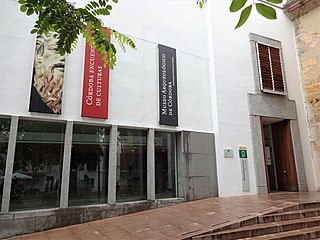
The Archaeological and Ethnological Museum of Córdoba is a museum in Córdoba, Spain. Owned by the Spanish State, its management has been transferred to the Ministry of Culture of the Junta of Andalusia.
Wikipedia: Archaeological and Ethnological Museum of Córdoba (EN)
Sight 14: Arco del Portillo
The Portillo Arch, also known as the Arch of San Francisco or the Corbache Portillo, is an opening opened at the end of the fourteenth century in the eastern part of the wall that divided the town and the Axerquía in the city of Cordoba, Spain. It is located on San Fernando Street, in front of the church of San Francisco. It joins the Cathedral neighbourhood, belonging to the old Medina, and the San Francisco-Ribera neighbourhood, in the old Axerquía.
Sight 15: Iglesia de San Francisco y San Eulogio
The Church of St. Francis and St. Eulogius is a Roman Catholic church in Cordoba, Spain. It belongs to the so-called Fernandine churches, as it was founded by the Castilian king Ferdinand III in the thirteenth century. Its original name was the convent of San Pedro el Real and it was managed by the Franciscan Order, hence its current name. The temple was declared an Asset of Cultural Interest in the category of Monument on March 24, 1982.
Sight 16: Fuente del Potro
The Potro fountain is a fountain located in the Plaza del Potro in the city of Córdoba (Spain).
Sight 17: Museo de Julio Romero de Torres
The Julio Romero de Torres Museum is a museum located in the city of Córdoba, Spain, which is notable for containing the largest collection of the famous Cordoban painter Julio Romero de Torres. It is located in the building of the old Hospital of la Caridad, which also houses the Museum of Fine Arts of Córdoba. The museum has been declared a Bien de Interés Cultural in the category of monument since 1962.
Wikipedia: Julio Romero de Torres Museum (EN), Wheelchair Website
Sight 18: Museo de Bellas Artes
The former Hospital of the Holy Charity of Our Lord Jesus Christ is located in the San Francisco-Ribera neighborhood of the city of Córdoba (Spain). It was founded by the Brotherhood of the Holy Charity of Our Lord Jesus Christ in the fifteenth century. Today it is the Museum of Fine Arts of Cordoba, located in the Plaza del Potro.
Wikipedia: Hospital de la Caridad (Córdoba) (ES), Url, Facebook
Sight 19: Plaza de la Corredera
Get Ticket*The Plaza de la Corredera is one of the most emblematic places in the Spanish city of Cordoba. It is the only quadrangular main square in Andalusia and is located in the historic district of Axerquía. Although the first evidence of an irregular square is from the fourteenth century, the current square was built in 1683 by the architect Antonio Ramós Valdés by order of the corregidor Francisco Ronquillo Briceño. Its name comes from the bullfights that were held in this space, although autos-da-fe and executions of the Spanish Inquisition were also held.
Sight 20: Templo romano
The Spanish city of Córdoba has the remains of a Roman temple, which was discovered in the 1950s during the expansion of City Hall. It is located in the angle formed by the streets Claudio Marcelo and Capitulares. It was not the only temple that the city had, but it was possibly the most important of all, and the only known by archaeological excavation. It is a Pseudoperipterus, hexastyle and of Corinthian order temple of 32 meters long and 16 wide.
Sight 21: Córdoba
Córdoba, or sometimes Cordova, is a city in Andalusia, Spain, and the capital of the province of Córdoba. It is the third most populated municipality in Andalusia.
Sight 22: Iglesia de San Pablo
San Pablo is a church and former convent in Córdoba, Andalusia, southern Spain. The present church and defunct convent were built on a space that always harbored large buildings for its location at the door of the city along one of the main access roads. A Roman Circus predated a Muslim palace before Almohad Christians built a Dominican convent.
Sight 23: Jardines de Orive
The Orive Gardens is an urban park in Córdoba (Spain), located between Pedro López Street and Orive Square.
Sight 24: Iglesia de San Andrés
The church of San Andrés is one of the so-called Fernandine churches of Córdoba (Spain). The temple was founded in the thirteenth century and underwent numerous renovations in the fourteenth and fifteenth centuries. On April 17, 1985 it was declared an Asset of Cultural Interest with the category of Monument.
Sight 25: Convento de Santa Marta
The Convento de Santa Marta is a convent in Córdoba, Spain, on Calle de Santa Marta. Founded in 1464, it belongs to the female branch of the order Hieronymites.
Sight 26: Fuente de la Fuenseca
The Fuenseca fountain is a fountain located in the square of the same name, in the San Andrés-San Pablo neighborhood of the city of Córdoba (Spain). It was built in 1808 as a reconstruction of an older fountain. It owes its name to the low flow of the original fountain, built in the fifteenth century.
Sight 27: Cristo de los Faroles
The Christ of Atonement and Mercy, popularly known as the Christ of the Lanterns, is a large Crucifix located at the Plaza de los Capuchinos in Cordoba, Spain.
Sight 28: Palacio Marqués de Viana
The Viana Palace is a palace-museum in the city of Córdoba (Spain), located in the Santa Marina neighborhood. On March 27, 1981 it was declared an Asset of Cultural Interest in the category of Monument.
Sight 29: Iglesia Conventual de San Agustin
The Church of San Agustín is a church in Cordoba, Spain. Located in the Plaza de San Agustín, construction began in 1328, and there is evidence of the construction of the main chapel in 1335. The current appearance of the church is from the first third of the seventeenth century.
Sight 30: Iglesia de San Lorenzo
San Lorenzo is a church in Córdoba, Andalusia, southern Spain. Situated in the historic centre, it was one of the twelve religious buildings commissioned by king Ferdinand III of Castile in the city after its conquest in the early 13th century.
Sight 31: Iglesia de la Magdalena
Santa María Magdalena is a church in Córdoba, Spain, built in the Mudejar style. It forms part of the Historic centre of Córdoba, a UNESCO World Heritage site, and is named after Jesus' companion, Mary Magdalene.
Sight 32: Iglesia de San Pedro
San Pedro is a minor basilica in Córdoba, Spain. The church is located in the square of the barrio (quarter) bearing its name.
Sight 33: Fuente de Canaletas
The Canaletas fountain is a fountain located on Avenida de Barcelona in the city of Córdoba (Spain). It is a Noucentista fountain with an iron column topped by four lampposts.
Share
How likely are you to recommend us?
Disclaimer Please be aware of your surroundings and do not enter private property. We are not liable for any damages that occur during the tours.
GPX-Download For navigation apps and GPS devices you can download the tour as a GPX file.
